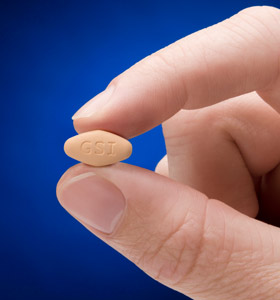

Proposed rollbacks of Medicaid expansion implemented under the ACA threaten to reduce insurance coverage among HCV-infected people and could lead to new treatment restrictions. Many states, however, continue to restrict access to HCV treatment based on stage of liver fibrosis or history of recent drug use. As the price of HCV therapies has decreased, states have loosened their Medicaid treatment restrictions with a growing number providing treatment to all infected persons. State Medicaid programs have benefited from the Patient Protection and Affordable Care Act (ACA), although such benefits are mitigated in states that have opted out of expanding Medicaid coverage under the ACA. Differences in negotiated contracts between plans have led to Medicaid patients in different states having widely varied access to HCV therapy ( Lo Re, 2016) ( Barua, 2015) ( Canary, 2015). For single-source drugs such as all-oral HCV treatments, Medicaid plans receive the lowest price offered to any other payer (outside of certain government agencies), and the minimum Medicaid drug rebate is 23.1% of the average manufacturer price (AMP). Most plans negotiate rebates with pharmaceutical manufacturers (through PBMs or individually). Medicaid is a heterogeneous consortium of insurance plans that includes fee-for-service and managed care options. An insurance company can cover private, managed care Medicaid, and Medicare plans and have different formularies for each line of business. Insurance companies determine formulary placement, which impacts the choice of regimens and out-of-pocket expenses for patients. Private insurance companies often have separate pharmacy and medical budgets, and use PBMs or directly negotiate drug pricing with pharmaceutical companies. They might also offer exclusivity (restrictions on which medications can be prescribed) in exchange for lower negotiated prices, often provided in the form of WAC discounts. They negotiate contracts that may include restrictions on the types of providers or patients who can be reimbursed for treatment. Pharmacy benefit managers (PBMs) act as intermediaries between pharmaceutical companies and health insurance companies. The company negotiates contracts with other organizations within the pharmaceutical supply chain that allow for rebates or discounts to decrease the actual price paid. Pharmaceutical companies determine the wholesale acquisition cost (WAC) of a drug (analogous to a sticker price). The roles these organizations have in determining the actual price paid for drugs and who has access to treatment include the following: Many organizations are involved with hepatitis C drug distribution and each can impact costs as well as decisions about which regimens are reimbursed ( US GAO, 2015) ( US CBO, 2015). Accordingly, the HCV guidance does not currently utilize cost-effectiveness analysis to guide recommendations. As described, actual costs are rarely known.

This section summarizes the US payer system, explains the concepts of cost, price, cost-effectiveness, value, and affordability, and addresses the cost-effectiveness of HCV treatment.


 0 kommentar(er)
0 kommentar(er)
